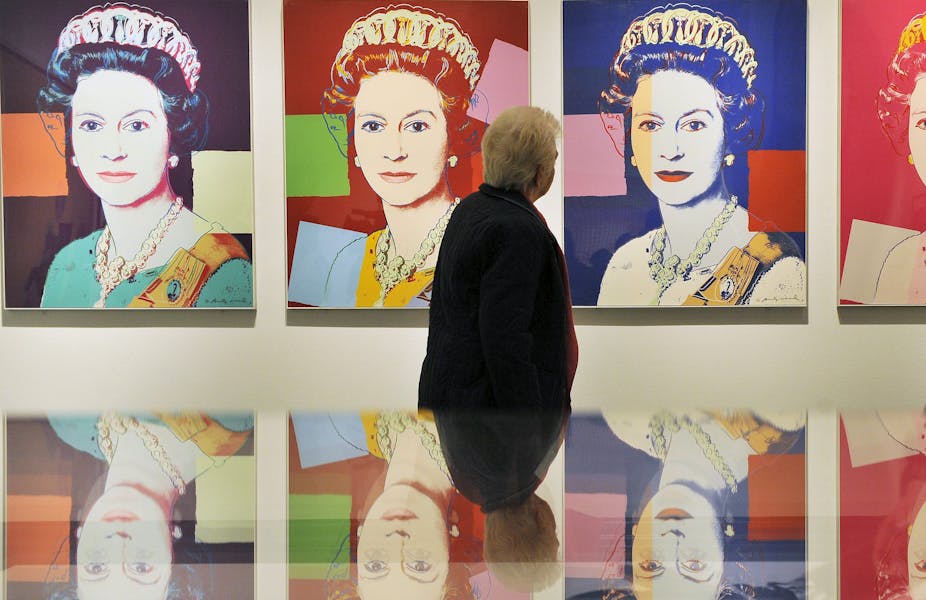Britain’s National Portrait Gallery has opened up its image database to allow free downloads for non-commercial and academic uses, in a move welcomed by art historians.
“This is very welcome, and increasingly major British and American museums are going down this path,” said David Marshall, principal fellow of art history at the University of Melbourne.
“Copyright costs had effectively destroyed scholarly art history publishing,” Dr Marshall said.
“It also really distorted the scholarly nature of the work, as authors were reluctant to pay so that the essential images would not be reproduced, although necessary for understanding the article.”
More than 50,000 low-resolution images are now available without charge for non-commercial users through a standard Creative Commons licence.
The quality, authority and sustainability of the gallery’s work is at the heart of the decision, said Tom Morgan, the Gallery’s Head of Rights and Reproduction.
“We are committed to protecting and promoting the rights of creators and other rights-holders, so we are careful to provide images and permissions only where we have a mandate to do so,” Mr Morgan said.
He added that the gallery needs to protect the revenues it generates through image licensing in order to fund its cataloguing, scanning and conservation work.
After developing a new system for managing digital images, Mr Morgan said the gallery decided it was appropriate to eliminate transactional charges.
“Crucially, the new licensing interface seeks to explain the work that goes on behind the scenes, in rights management and digitisation, so that users can understand the value of these licences, and can also appreciate the reasons for continuing to charge users who derive commercial value from the Gallery’s investment in images,” Mr Morgan said.
The decision has also been welcomed by Joanna Mendelssohn, program director of Art Administration at the University of New South Wales.
Associate Professor Mendelssohn said it would be good for sites like Design and Art Australia Online (DAAO), which is an Australian open source e-research tool.
“A portrait gallery is in a different position from any other art museum in that their collection is based on the importance of the subject rather than the importance of the artist,” Professor Mendelssohn said.
She said the idea of Creative Commons sits very happily within the culture of public museums, but the change in strategy also meant the gallery could bring more people to its site that would then purchase high-resolution images for commercial use.
“Very few museums say: ‘With digital imagery we can give you access to the work of art in more detail than you could get in the gallery itself’,” Dr Marshall said.
As a result, he said, the low resolution means the images are not really any use for serious study involving looking closely at the image.
Dr Marshall said museums should be paying for the knowledge generated about their collection, rather than “screwing authors over rights”.

